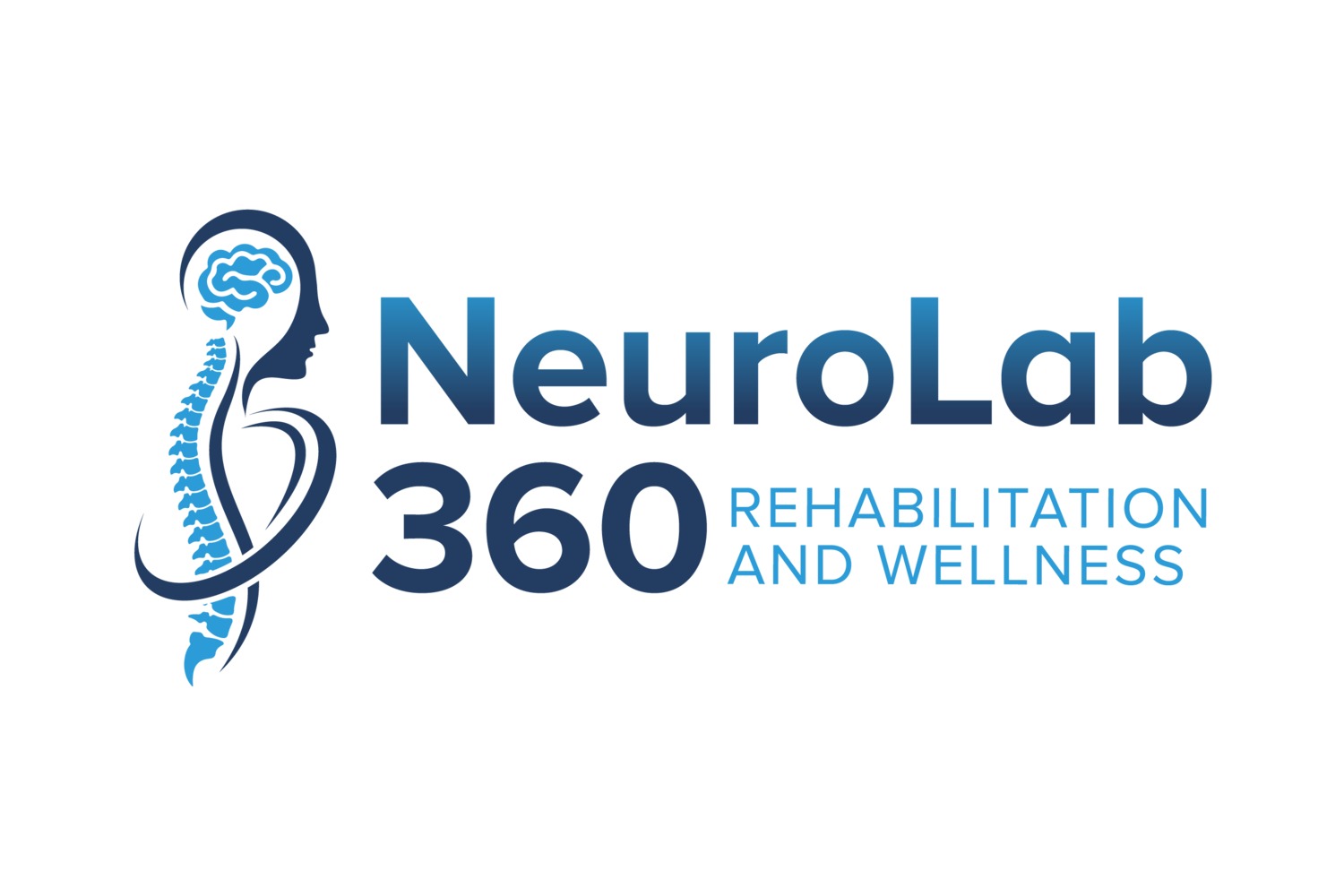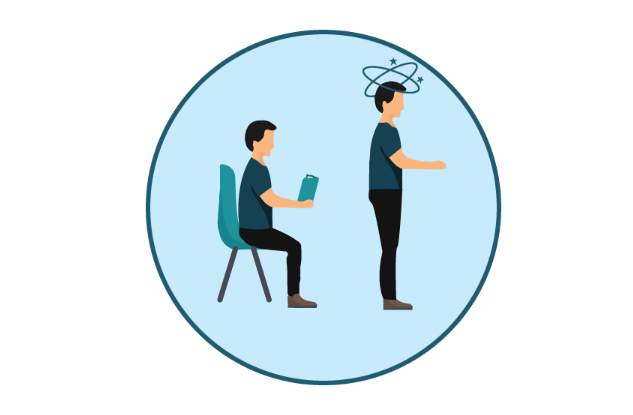Navigating Orthostatic Hypotension
Orthostatic hypotension, often referred to simply as "low blood pressure," is a common yet frequently misunderstood medical condition. It can affect individuals of all ages and backgrounds, leading to symptoms that may range from mild discomfort to more severe complications. In this blog, we will explore what orthostatic hypotension is, what its causes and symptoms are, and how it can be managed.
What is Orthostatic Hypotension?
Orthostatic hypotension is a sudden drop in blood pressure that occurs when a person transitions from a lying position to sitting or sitting to standing. This abrupt decrease in blood pressure can lead to inadequate blood flow to the brain, resulting in dizziness, lightheadedness, and even fainting.
Causes of Orthostatic Hypotension
Orthostatic hypotension can have various underlying causes:
Dehydration: Inadequate fluid intake can reduce blood volume, making it harder for the body to maintain blood pressure when standing.
Medications: Certain drugs, such as antihypertensives, diuretics, and antidepressants, can lead to orthostatic hypotension as a side effect.
Aging: As we age, the body's ability to regulate blood pressure may decline, making older adults more susceptible to orthostatic hypotension.
Medical conditions: Conditions like diabetes, Parkinson's disease, and heart conditions can interfere with the body's ability to maintain proper blood pressure regulation.
Prolonged bed rest: Spending extended periods in a horizontal position can cause blood to pool in the legs, leading to a drop in blood pressure upon standing.
Orthostatic Hypotension in Parkinson's Disease & Multiple System Atrophy:
Parkinson's disease (PD) & Multiple System Atrophy (MSA), are neurodegenerative disorders that can be accompanied by orthostatic hypotension. This can be attributed to disruptions in the autonomic nervous system, responsible for regulating involuntary bodily functions, including blood pressure. With PD and MSA, the body's ability to maintain stable blood pressure can be compromised, leading to bouts of dizziness, lightheadedness, and sometimes fainting when standing up.
Orthostatic Hypotension in Spinal Cord Injury:
For individuals with spinal cord injuries, the connection between orthostatic hypotension and their condition lies in the disruption of communication between the brain and the rest of the body. The spinal cord plays a crucial role in transmitting signals that control blood vessel constriction and heart rate adjustments when transitioning from a sitting or lying position to standing. Injuries to the spinal cord can impede these signals, causing a delayed response in blood pressure regulation and resulting in orthostatic hypotension.
Symptoms
The most common symptoms of orthostatic hypotension include:
Dizziness or lightheadedness when standing up
Fainting or near-fainting spells (syncope)
Blurred vision
Nausea
Fatigue
Headache
Management and Treatment
Managing orthostatic hypotension often involves a combination of lifestyle changes and, in some cases, medication. Here are some strategies to help manage the condition:
Stay hydrated: Drink an adequate amount of water each day to maintain proper blood volume.
Gradual position changes: When moving from sitting or lying down to standing, do so slowly. This can help your body adjust to the change in position.
Compression stockings and abdominal binders: These can help prevent blood from pooling and reduce the risk of orthostatic hypotension.
Medication adjustments: If your orthostatic hypotension is caused by medications, talk to your healthcare provider about potential adjustments or alternative treatments.
Elevate the head of your bed: If you are prone to low blood pressure when getting up in the morning, consider raising the head of your bed slightly.
Increase dietary salt: Under the guidance of a healthcare provider, adding more salt to your diet may help raise blood pressure.
Regular exercise: Engaging in physical activity can improve blood pressure regulation. Consult your doctor before starting any new exercise routine.
Move the legs! Exercises that engage the leg muscles, like leg lifts or ankle pumps can assist in pushing blood back toward the heart, aiding circulation and reducing pooling in the lower extremities.
Tilt Table Training: In severe cases, tilt table training under medical supervision can help the body gradually adapt to standing positions, improving blood pressure regulation.
When to Consult a Healthcare Provider:
Be vigilant about blood pressure and its fluctuations. If orthostatic hypotension leads to falls, frequent fainting, or other concerning symptoms, consulting a healthcare provider is essential. They can tailor a treatment plan to your specific needs and address any underlying issues. By working closely with healthcare professionals and implementing practical strategies, individuals can mitigate the impact of orthostatic hypotension and enhance their quality of life.

